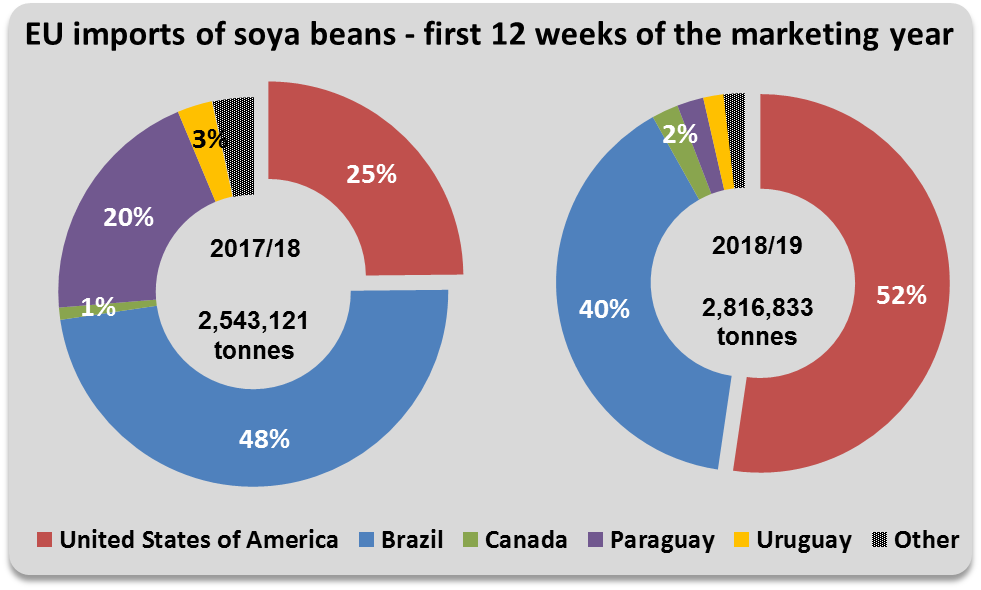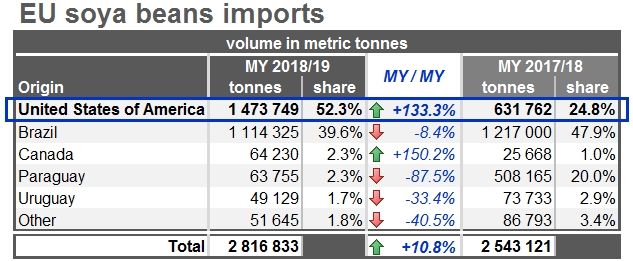What is ‘connectivity’ for the European Union?
Connectivity is essentially about networks. These can be in the form of transport links: by air, land or sea. Connectivity can be digital networks: mobile or fixed, from cables to satellites, from the internet backbone to the last mile. Connectivity also includes energy networks and flows: from gas, including liquefied natural gas (LNG) to electricity grids, from renewables to energy efficiency. Finally, connectivity has a very obvious human dimension: from cooperation in education, research and innovation to travel and tourism. Connectivity serves and facilitates human interaction.
Connectivity brings people, places and opportunities closer, which is why it has to be approached and managed well. To work efficiently, connectivity requires internationally agreed practices, rules, conventions and technical standards, supported by international organisations and institutions that enable interoperability of networks and trade across borders. The potential impact of infrastructure and investments also requires the necessary steps to be taken to ensure that connectivity is sustainable. This refers to fiscal, environmental, economic and social sustainability.
Why is this Joint Communication coming now and what does it plan to achieve?
Already in 2016, the EU’s Global Strategy recognised that connectivity requires that the EU steps up its engagement, noting the link between the EU’s security and prosperity and the increasing importance of a ‘connected Asia’. Since then, the economic, political, and security related implications of connectivity have become greater than ever before.
With opportunities for investment and better connectivity also comes responsibility. The impact of climate change and the need to speed up a global transition to low-carbon economies, the pitfalls of unsustainable borrowing and the dangers of unfair trade and investment practices make a sustainable, comprehensive and rules-based approach to connectivity not only desirable but necessary. Others are also setting out their own strategies at this time.
These factors have made it increasingly urgent for the EU to formulate its policy on Euro-Asian connectivity. It allows the EU to strengthen its engagement with its partners, clearly laying out its expectations and the conditions of its cooperation, following a unified, cross-sectoral, and integrated approach. The EU can build on its experience of regulating connectivity and creating cross-border transport, energy, human and digital links. It can draw on its many partnerships with third countries as well as regional and international organisations. It has its own means of helping to mobilise investment, which the Commission has proposed to strengthen for the next Multiannual Financial Framework (2021-2027), combining other public and private sources of capital. In doing so, it seeks to create an enabling environment for investment, create opportunities for businesses – based on a level playing field – and citizens, who will benefit from the growth this generates, as well as the results of increased connectivity in the fields of education, research, innovation, culture and tourism.
Does the Joint Communication prioritise regions, sectors or projects?
The Joint Communication looks at how to connect Europe and Asia as a whole. It draws upon the European Union’s existing efforts to enhance connectivity, from bilateral dialogues to regional-to-region action plans, to engagement with and in international organisations. All regions and all sectors are important in their own ways. The world is increasingly interlinked, and the Joint Communication seeks to help create conditions where connectivity is increasingly sustainable. The EU’s interests in connectivity are best served when countries adopt good regulatory frameworks, create better business conditions, follow sensible economic policies, and tend towards open markets.
How has the EU been working on connectivity already?
The EU has been successfully connecting its Member States ever since its inception. A common transport policy was elemental in creating of the common market for goods and services and the free movement of people. The Trans-European Networks (TEN) were created in 1991, to enhance transport connections between the Member States and are now being extended to many countries outside the EU as well. The European Fund for Strategic Investments (EFSI) seeks to mobilise €500 billion in investment by 2020, having met its target of €315 billion in July 2018. Until now, 21% of this investment has gone to energy, 11% to digital, and 8% to transport, all aspects of connectivity.
The EU is managing more than €8 billion of funding in Asia between 2014-2020, of which significant resources support bilateral and regional initiatives in the context of connectivity, for example ASEAN’s Master Plan on Connectivity and the educational exchange programme ERASMUS+, to name a few. Under our Asia Investment and Central Asia Investment facilities, EU funding of €300 million for the period 2010 to 2016 has leveraged around €2.5 billion of investments through blending of grants and loans.
How much money will the European Union invest in enhancing connectivity between Europe and Asia?
For the next budget of the European Union, the European Commission has proposed to increase the European Union’s external action budget to €123 billion for the period 2021-2027. This represents an increase of 30% compared to the previous period. Included in this proposal is an investment framework for external action, with an increased fire-power of up to €60 billion. Building on the successful experience of the EU’s External Investment Plan, it will help to raise and leverage additional financial resources for sustainable development from the private sector. If agreed by the Council of the European Union and the European Parliament, this increased funding would make a significant contribution to the European Union’s commitment to enhancing connectivity between Europe and Asia.
Is this strategy directly in competition with China’s Belt and Road Initiative?
The European Union’s approach to Euro-Asian connectivity is that it must be sustainable, comprehensive and rules-based. This approach brings direct benefits to people, both in the ‘end point’ countries and countries of transit, brings decarbonisation, digitalisation, fair competition, investment and innovation.
The European Union and China share an interest in making sure that our respective initiatives work well together, despite the differences in approach and implementation. Connectivity is not possible if systems and networks are not interoperable. As we have already been doing, the European Union will continue to engage with China – in our bilateral Connectivity Platform, in the wider bilateral relationship, and in multilateral fora – to create synergies and to find commonalities. As the Joint Communication highlights, the EU will further step up its work within international organisations to set and enforce global rules and standards, which will create a level playing field and equal opportunities for all.
How does this Joint Communication relate to the connectivity policies or initiatives of other countries?
The European Union will always look to engage with partners – in Europe’s neighbourhood, in Asia and beyond – on enhancing connectivity and finding complementary and common solutions. Our approach to connectivity, highlighting long-standing policies and future strategic direction, is clearly set out in the Joint Communication: connectivity must be fiscally, environmentally, socially and economically sustainable; comprehensive across sectors and financial frameworks; and rules-based. These are the principles for our engagement with other countries and organisations.
The message from the Joint Communication is that the European Union wants to engage more and wants to improve connectivity between Europe and Asia on these mutually-beneficial terms. We will proactively seek to identify synergies between our and our partners’ connectivity strategies, such as China’s Belt and Road Initiative, Free and Open Indo-Pacific strategies of Japan and the United States, as well as Connectivity 2025 of the Association of Southeast Asian Nations (ASEAN), among others, in order to jointly foster sustainable connectivity across Europe and Asia.
Further Information
Joint Communication: Connecting Europe and Asia – building blocks for an EU Strategy
Press release: EU steps up its strategy for connecting Europe and Asia
Factsheet: Connecting Europe and Asia – The EU Strategy


